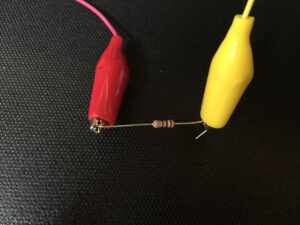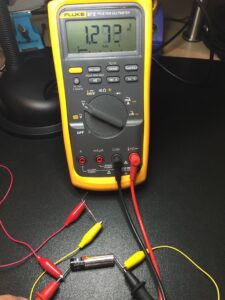Testing batteries seems like an overly simple topic for a blog post, but unless you have a good quality battery tester, then chances are you’re not testing your batteries correctly.
When testing with a multimeter, most people will simply take an open circuit voltage measurement from their cell. The problem with this approach is that simply measuring the voltage directly from the battery only tells us what the voltage of the UNLOADED cell is. Let’s suppose that we were to test two AAA batteries. Let’s say our voltage test shows 1.45V for each cell. Now we connect each battery to a load, say a small motor, and we notice that one spins nicely, and the other doesn’t spin at all, or perhaps spins slowly and stalls.
How could this be? The answer is CAPACITY. The typical Alkaline AAA battery has a capacity of between 860 – 1200 mAh. Let’s assume our cells are at 1000 mAh when new. That means that one battery can support a load of 1000 mA for 1 hour or 500 mA for 2 hours. This means that if you were running a toy that drew about 200 mA, it would run for 1000mAh/200mA or 5 hours.
To properly test our batteries while considering capacity, we need a multimeter and a known load. I like to use a 100Ω resistor and a couple of alligator clips.

Now we can test our cells again. If the results are between 1.3V – 1.5V the cell is good. If the results are much lower, then chances are the cell won’t do well in a typical application (i.e. remote or toy), and the cell may not work at all in a high draw application such as a smoke detector.

It’s worth noting that NiCd/NiMh batteries produce lower voltage so be sure to take that into account when testing.
Until next time – GEEK OUT!
~GT~

